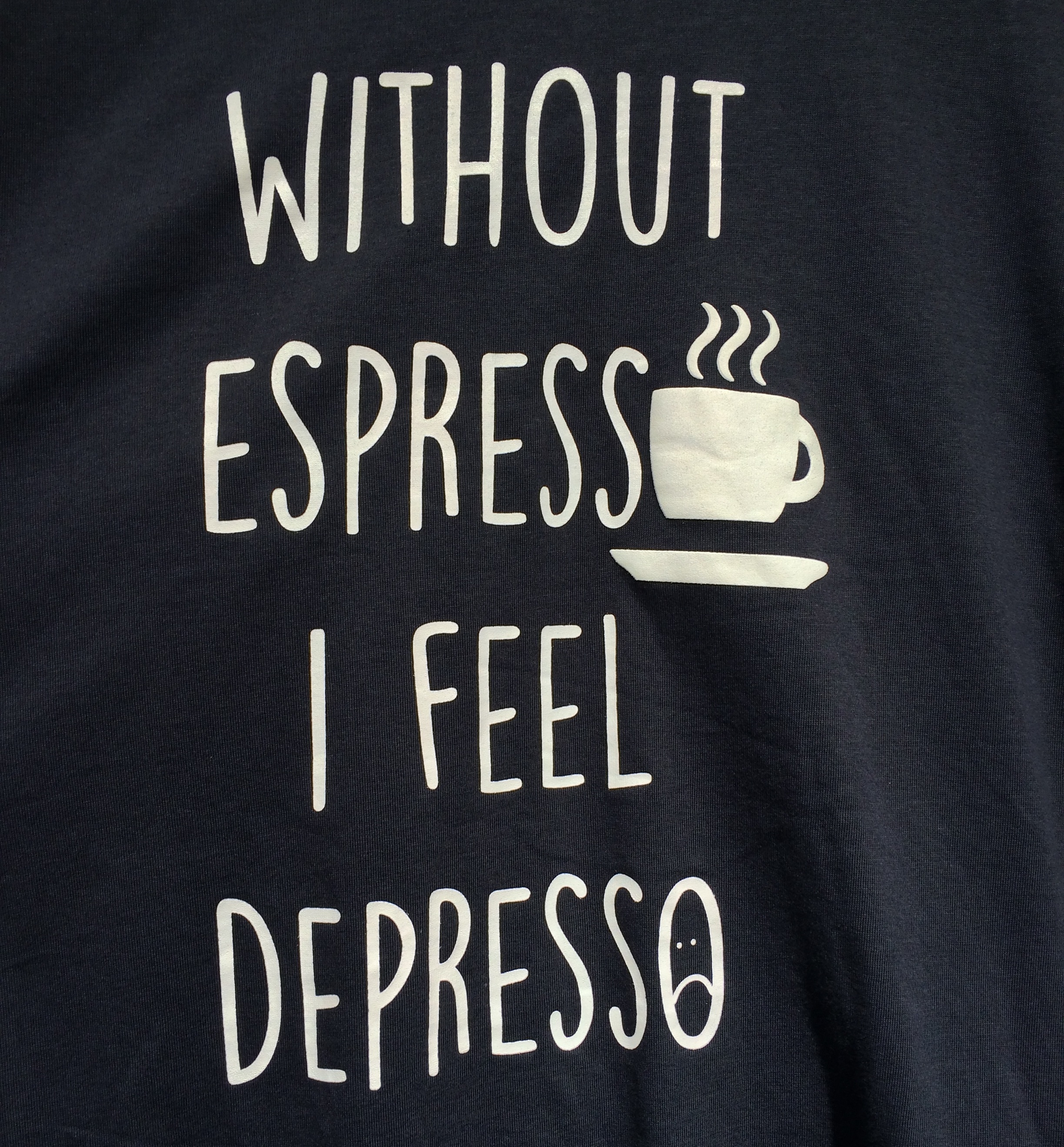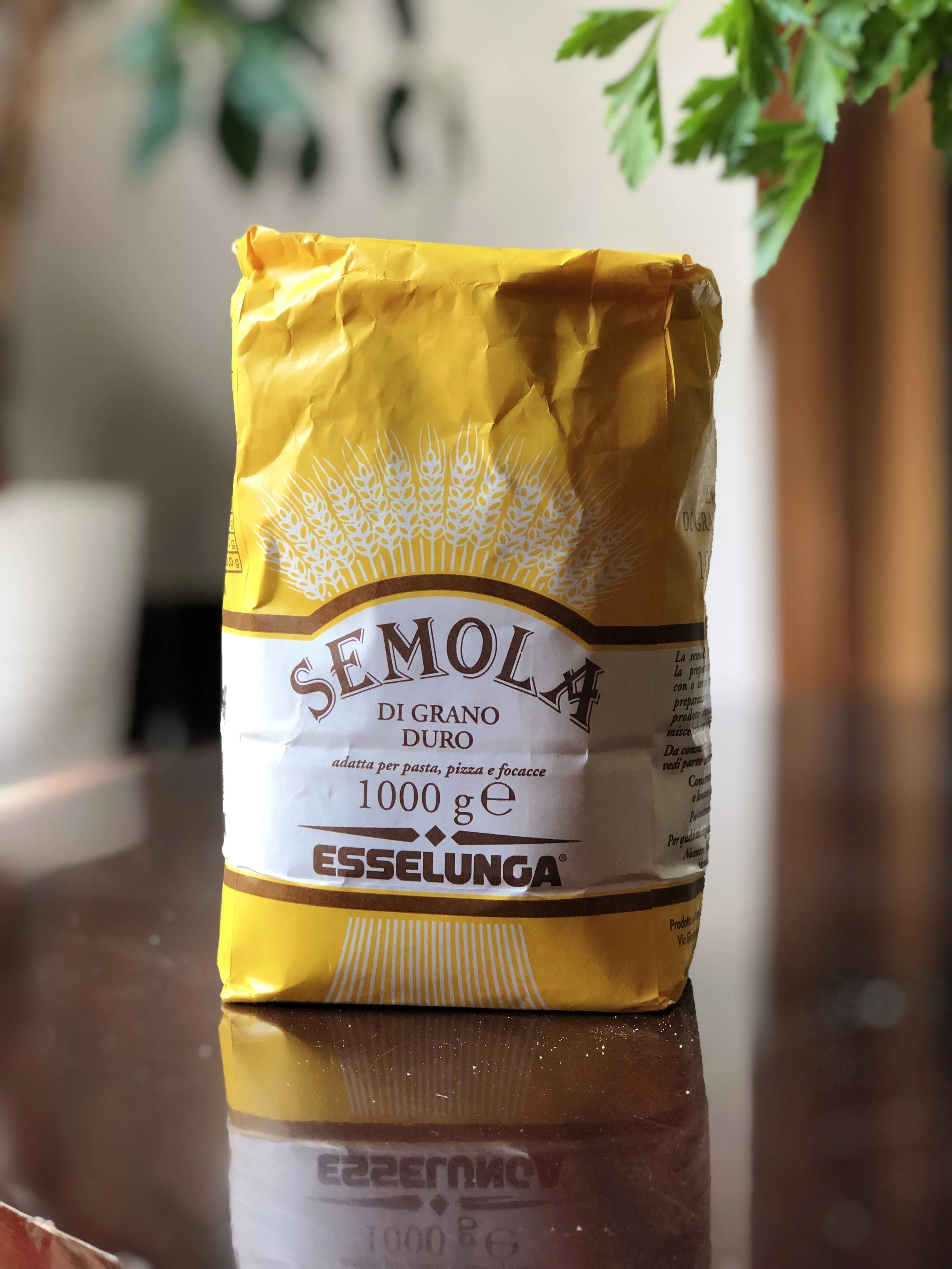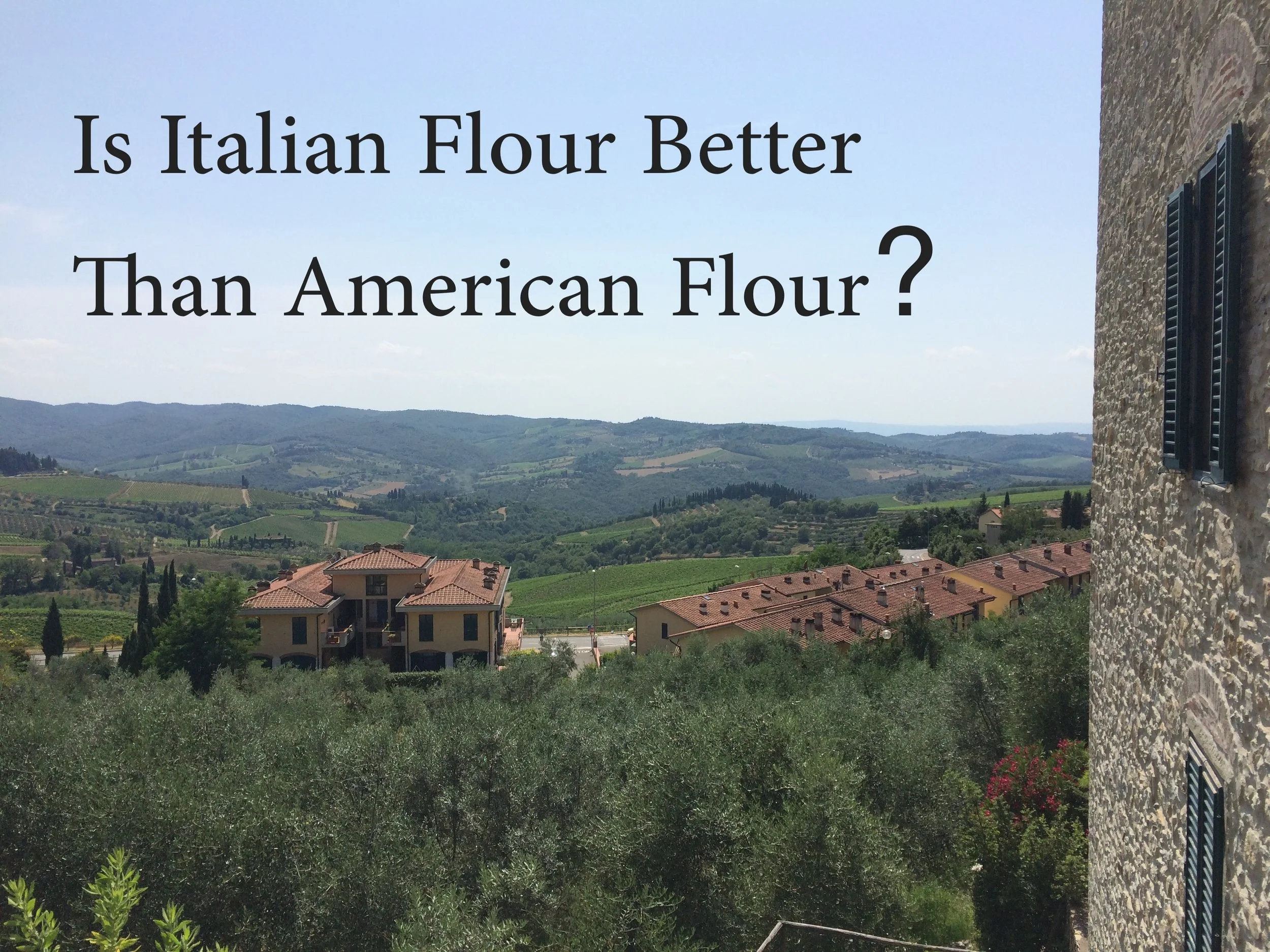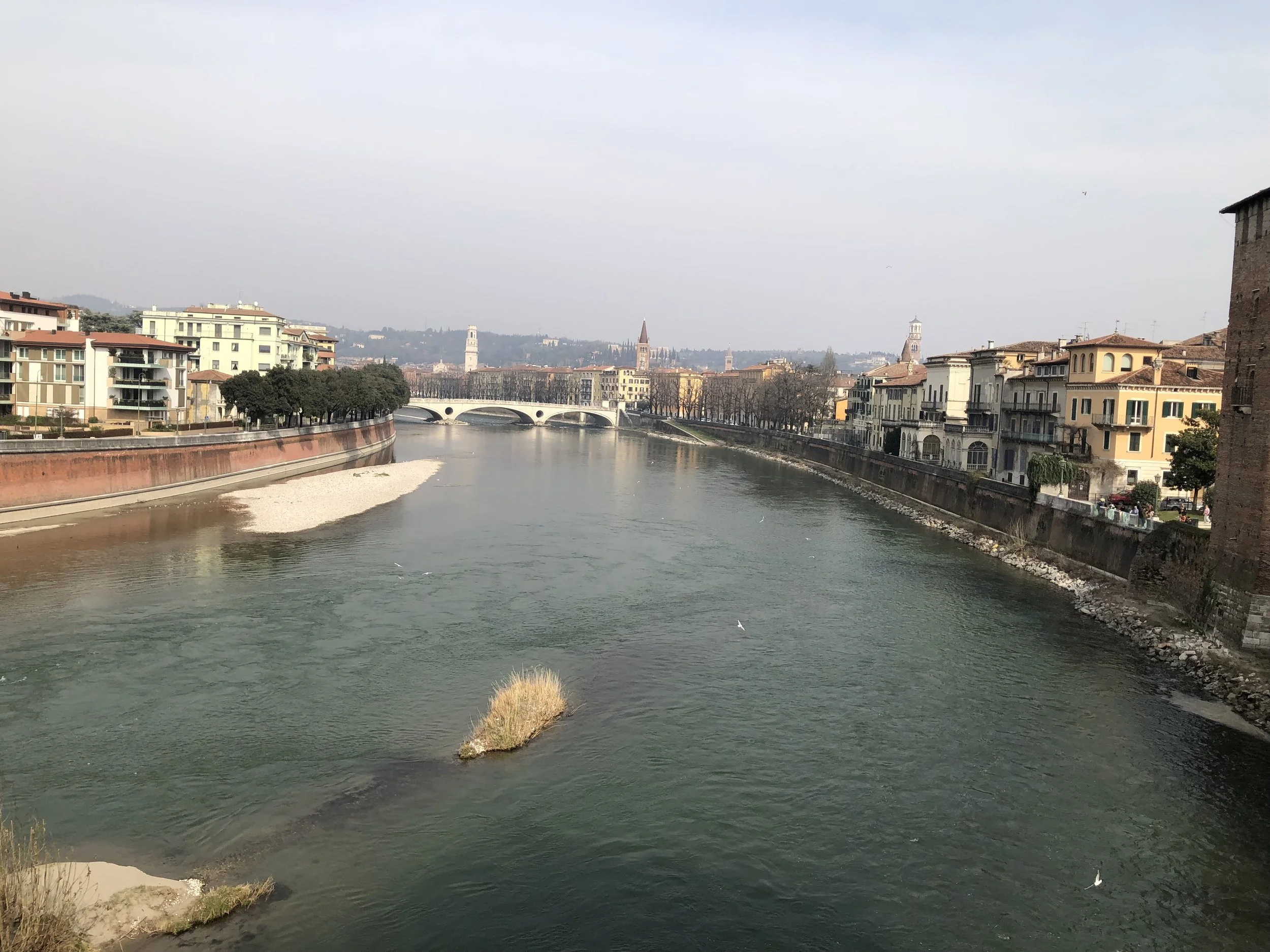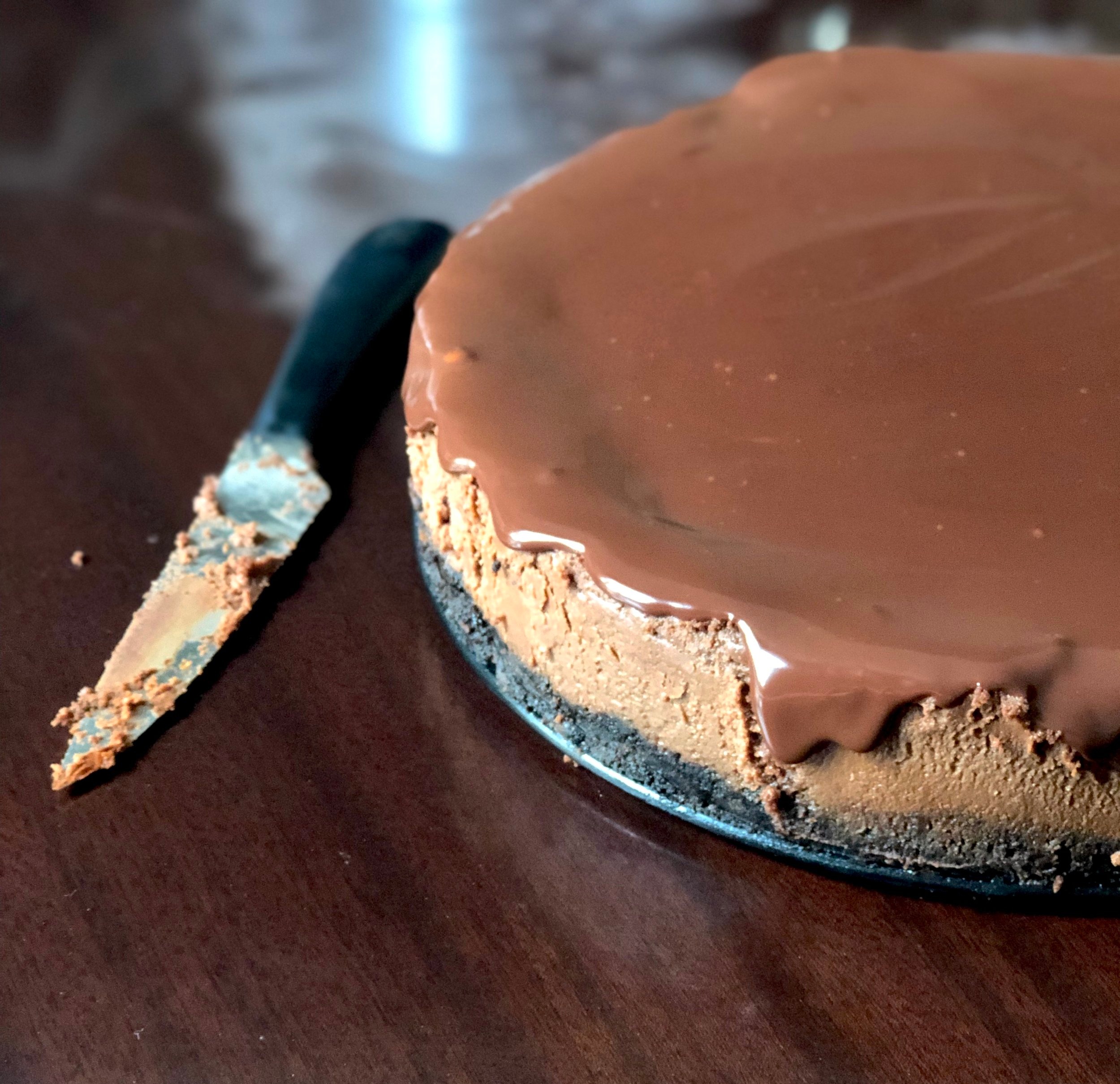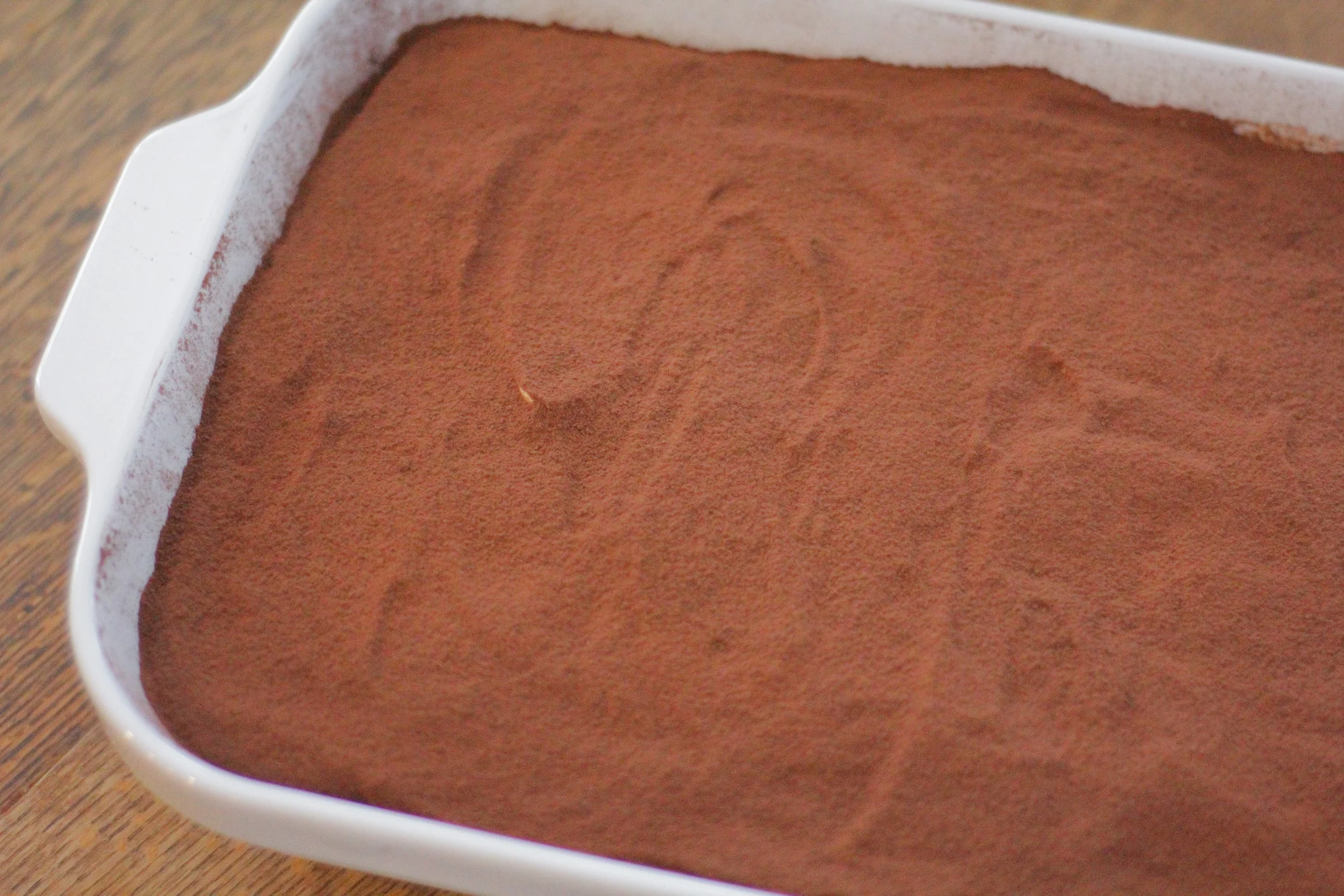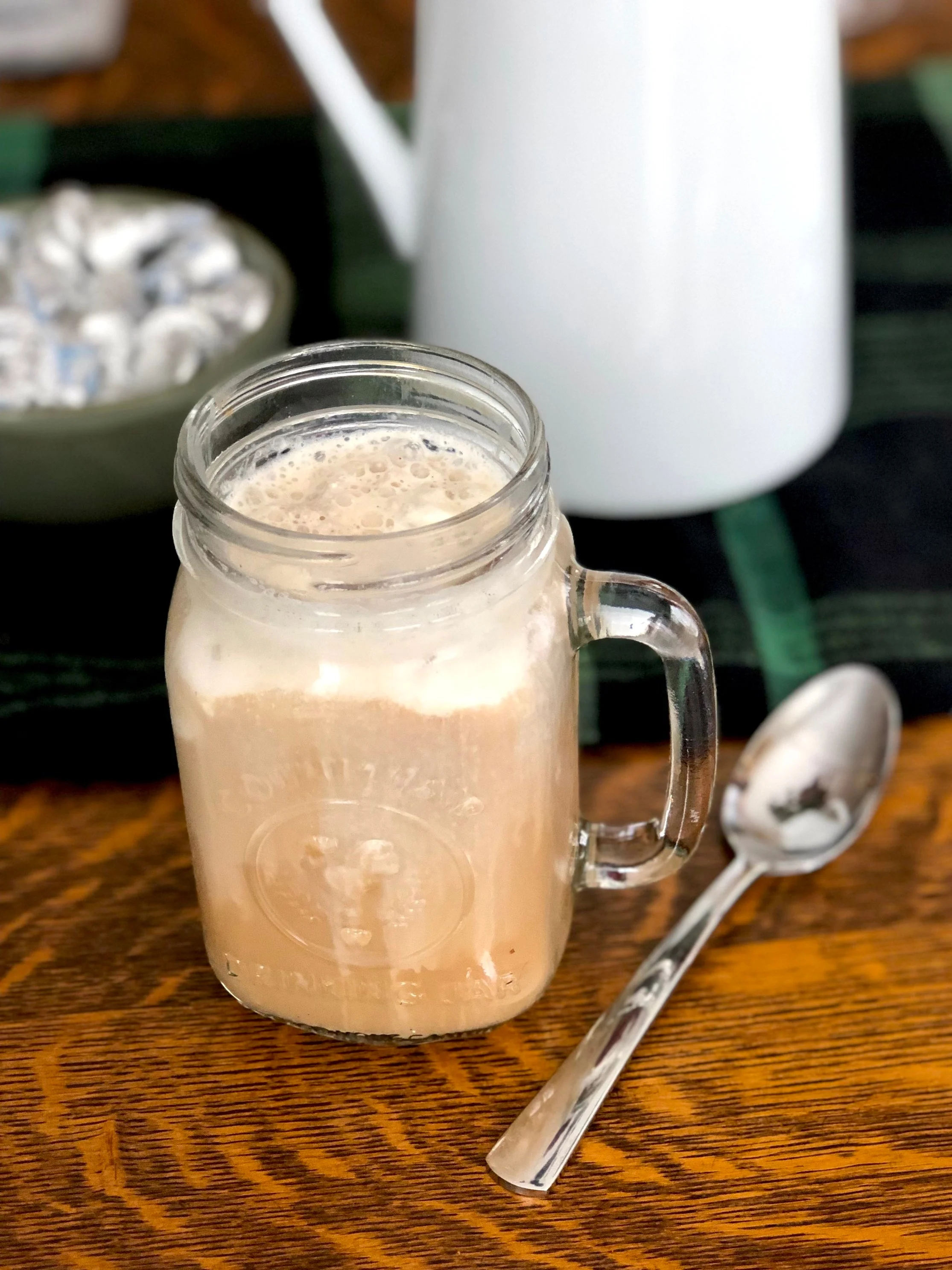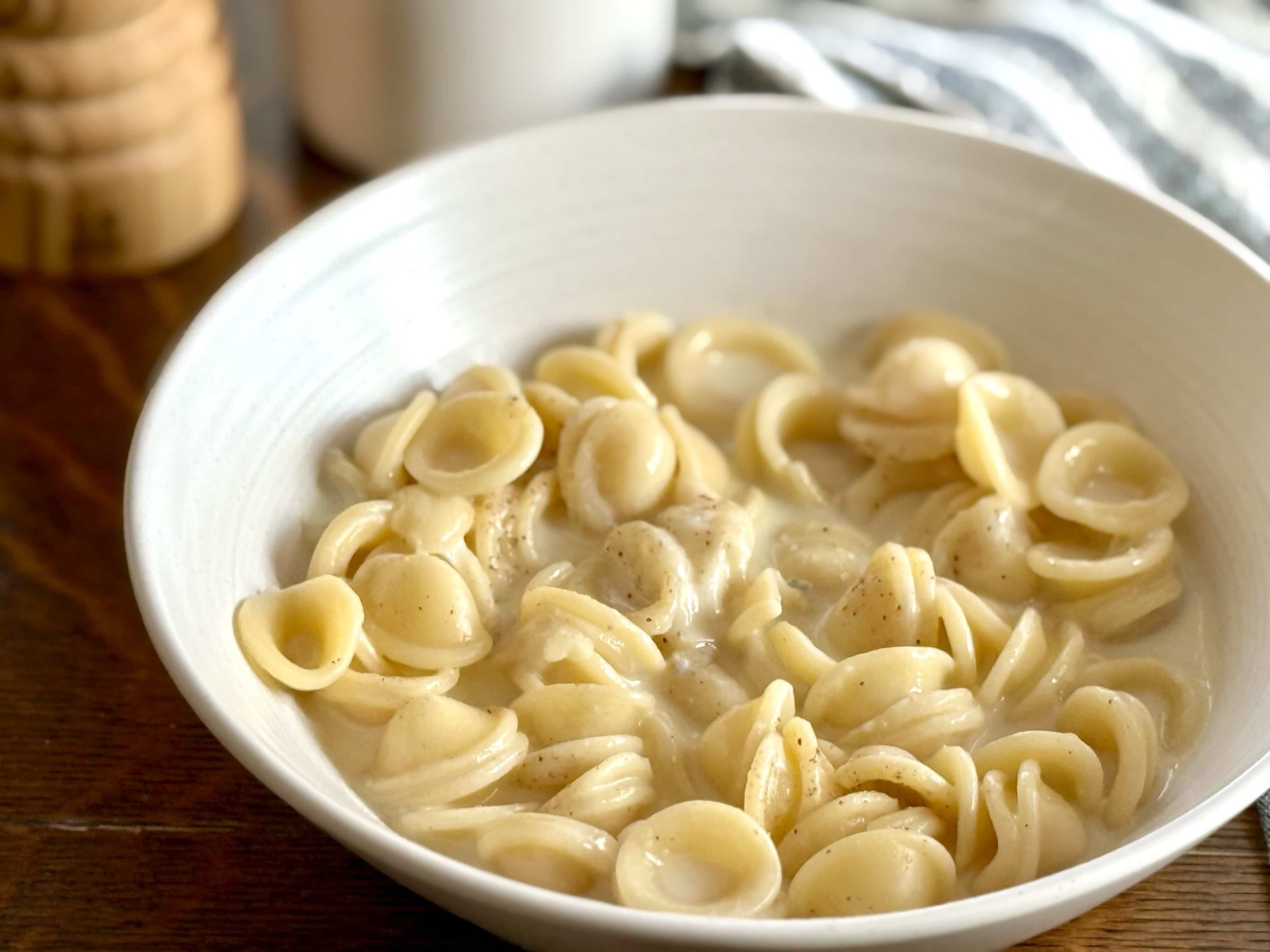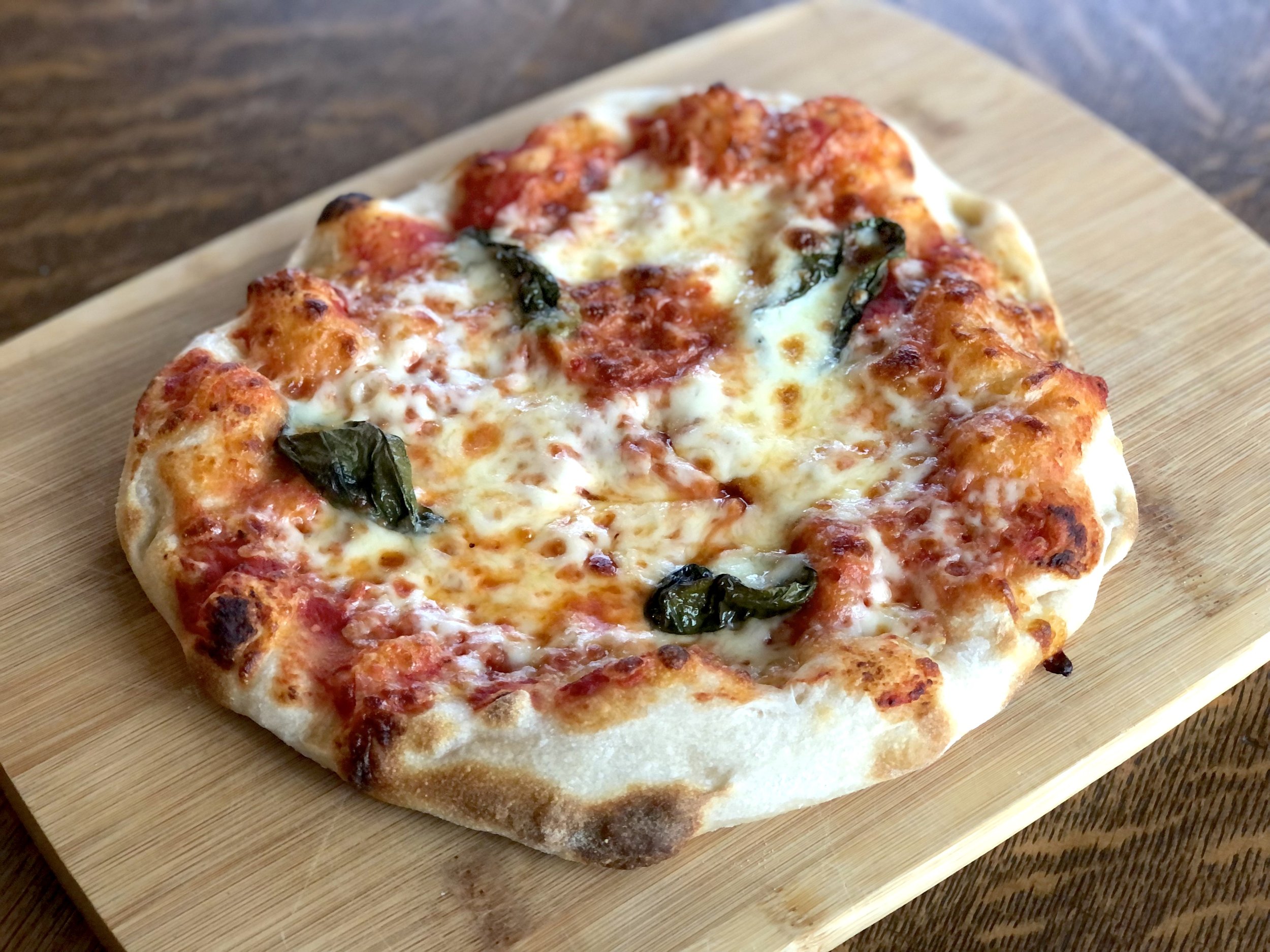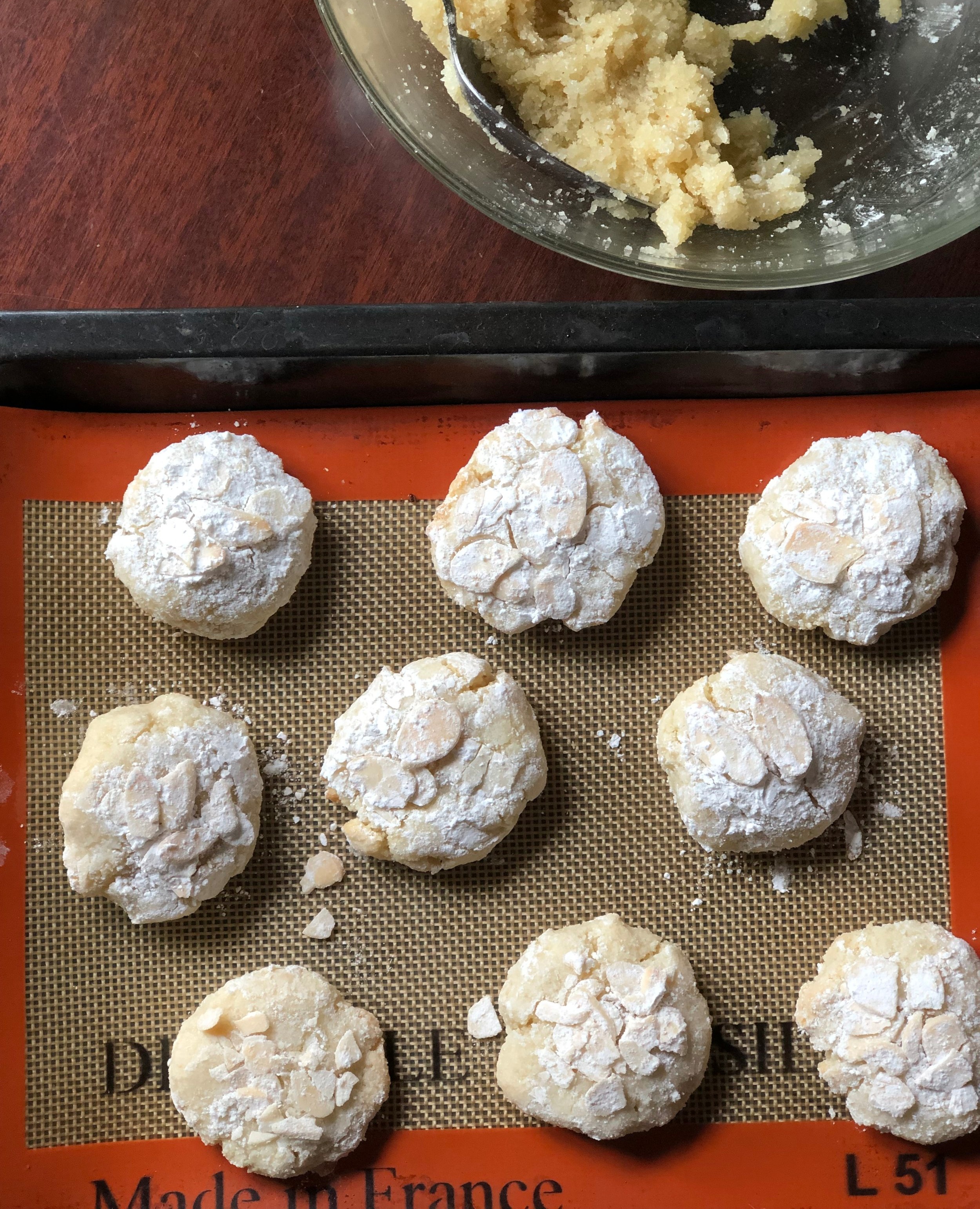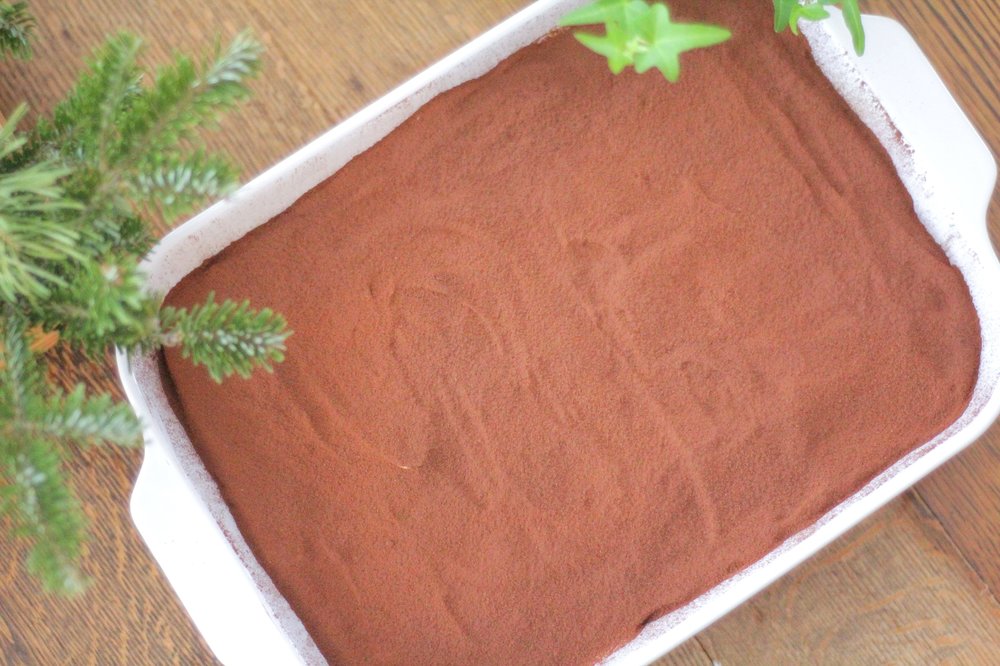Coffee Culture in Italy
/Last Updated July 12, 2024
Coffee. caffè. قهوة. ቡና. koffie. kafe. սուրճ. קפה. kaffi. caife. café. コーヒー. кофе. 咖啡. káva. kahve. ყავა. coffi. καφές. kope. ikhofi. cà phê. کافی. കോഫി. kahvi. kape. kohvi. kafo. kaffe. కాఫీ. kafija. capulus. kahawa.
More than 33 ways to say coffee in at least 37 different languages. (Some overlap, i.e. café is Spanish, French, and Portugal.) And even the ones that don’t share the Latin alphabet and I can’t even begin to sound out sound similar to the word “coffee.” I know that because Google Translate and transliteration. Amazing, isn’t it? I mean, the languages, not Google Translate, but yeah, that’s pretty amazing also. So many different cultures and people and centuries, and coffee is so important in so many of them. Not least of all Italy, which is why I’m writing this post. (Coffee in Italian is the second language written, “caffè,” and you will hear it and see it, ALOT.)
In fact, Italy is the birthplace of many of the coffee drinks you drink today, including cappuccino, espresso, macchiato, and latte, although ordering them at Starbucks is going to get you something very different than what you would get in Italy.
So, what are the principal coffee drinks in Italy?
(You can find your own espresso depresso t-shirt on Amazon, yasssss)
This post may contain affiliate links. If you make a purchase using these links, Jennyblogs may receive a small commission, at no extra cost to you. This helps to support Jennyblogs. Where possible, links are prioritized to small businesses and ethically and responsibly made items. For further information see the privacy policy. Grazie!
The drinks on a typical Italian coffee menu
Cappuccino
Espresso - “Expressed”
A strong shot of coffee and what is considered “normal coffee.” If you go into a bar and order a “caffè,” they will usually clarify by asking “caffè normale?” which of course, literally means normal coffee. It is drunk throughout the day at any time, and particularly after lunch and dinner to help digestion.
You can order a “ristretto” (restricted) where the espresso shot is pulled early resulting in a shorter, stronger shot, or you can order a “lungo” (long) which is the opposite, a taller and waterier (is that a word?) shot of espresso.
The name means “expressed” which could denote any or all of the three meanings of the word in English or Italian. First, the method in which espresso is made, where the steam “expresses” and pressures the coffee flavor into the water, second, that it is made quickly or “expressly,” and third, that it is made “expressly” for one person. This, however, still does not give you license to call it an “expresso,” mmk?
Macchiato - “Stained”
You can order a macchiato two ways: A caffè macchiato or a latte macchiato. Caffè macchiato means “stained coffee” so you will get an espresso with a small dollop of milk, usually foamed. A latte macchiato means “stained milk” and will get you hot milk with some coffee served in a glass, with or without the foamy milk, depending on the different preparations.
Cappuccino - “Little Hood”
The Italian coffee of choice for breakfast (and mine!) and probably doesn’t need much intro. The cappuccino, also called cappuccio which means just “hood,” got its name from the color of the hood of the Capuchin monks which it apparently resembles. According to this site (in Italian) a cappuccino should be 25ml of coffee and 125ml of milk with lots of foam.
Oh, and you might have heard that you should never drink a cappuccino in Italy after noon or you’ll get kicked out of the country? Not exactly true. It’s mostly because, according to most Italians, milk upsets digestion unless it is a part of the traditional cappuccino and pastry breakfast in which the milk acts as an element of the meal. But consuming milk after a heavier lunch or dinner, especially at night, is too much. As this Italian Mamma explains, “When the casein in milk combines with the hot coffee, given the high temperature, it combines with the tannic acids characteristic of the drink (or rather the coffee); this meeting then produces a chemical composition that weighs down the digestion.” I’m not here to vouch if this is sound science or not, just quoting so you can get an idea of the Italian thinking. If you choose to abide by this “rule,” drink your cappuccino by itself or with a cookie, pastry, or something small and light and far away from mealtimes, breakfast aside.
Caffè Latte - “Milk Coffee”
Or caffellatte. In America we have long since dropped the “caffè” and simply order a latte. This strategy in Italy, however, will simply get you a glass of milk. A caffè latte is essentially a cappuccino without the foam.
Caffè Americano - “American Coffee”
A larger cup of weaker coffee in comparison to the classic espresso. The classic way to prepare a caffè americano in Italy is to add hot water to an espresso. Yum. Not. There are a few places you can find that have drip “American” coffee and even a few who do pour overs.
Caffè Corretto - “Corrected Coffee”
Because, normal coffee is not correct. It must be corrected, and with a small amount of liquor. The type of alcohol used can vary depending on the region, but usually grappa is used, sometimes brandy, Sambuco, or l’anice, a type of anise liquor, or even Bailey’s.
Caffè al Ginseng - “Ginseng Coffee”
This is definitely one you should try, delicious even if it is a bit pre-fab. It is usually a powder mix they add to a machine and dispense as ordered, so not fresh coffee, but it’s a pungent and sweet little drink that I unabashedly love. You can order an “alto” tall or “basso” short, depending on if you want it to be the equivalent to roughly a shot of espresso or double shot. The sugar usually lies at the bottom so you’ll want to stir it before consuming.
Ginseng has long been a part of Chinese medicine and has become popular around the world where you can find it in just about any store’s health supplement section. It is supposed to have many health benefits, including being a powerful antioxidant reducing inflammation, benefiting brain function, benefiting against cancer, boosting the immune system, increasing energy, lowering blood sugar, and having aphrodisiacal qualities. However, many of these studies seem to prove only the “may benefit” or “could help” factors with nothing concrete.
Marocchino - “Moroccan”
Despite its name this drink was also invented in Italy, in Piemonte. At first glance it may seem just a cappuccino with cocoa, but it is much better than that. There are quite a few different preparations, but almost all include espresso, cocoa, and steamed milk served in a clear glass. Often the glass is first sprinkled with cocoa, then the espresso is added, then steamed milk and finally more cocoa. The official site of Illy (one of the top Italian coffee roasters, you’ve probably heard of them or seen their coffee in the States) gives the preparation for the Marocchino at home as thus: Place about 1 Tbsp / 10-15ml of hot chocolate in a glass, then prepare directly in the same cup about 2 Tbsp / 20-25ml of espresso, sprinkle with a thin layer of cocoa, then steam about 2 Tbsp / 25ml of milk and add to the glass over the cocoa.
Shakerato - “Shaken”
Coffee shaken in a cocktail shaker with ice and if desired, sugar. The resulting refreshingly icy coffee with a bit of foam is usually served in a martini glass, sometimes a flute glass.
I like this word because it is an English word that has been Italianified. I don’t think that’s even a word. “Sh” doesn’t exist in traditional Italian spelling, nor does “k.” They say a “sh” sound, but it is spelled with “sci” or “sce.” Essentially they took the word “shaker” and turned it into an Italian verb, shakerare, which means to shake drinks in a shaker. Then this drink’s name is the past tense, shakerato, meaning shaken. It makes me laugh, neither truly Italian or English!
Caffè d’Orzo - “Barley Coffee”
For those who prefer decaffeinated drinks you have the choice between ordering your favorite coffee decaffeinated or with orzo / barley instead of coffee beans.
Decaffeinated coffee, as you probably know, are coffee beans which have gone through a process to remove the caffeine. They process often involves hot water and methylene chloride, of which trace amounts will end up in your coffee (it was recently banned for use in paint and paint strippers). The USDA requires that a minimum of 97% caffeine be extracted for coffee beans to be considered decaffeinated. Decaffeinated coffee will always have a small amount of caffeine in it. If you’re interested to see if the decaf coffee you drink uses the chemical process for decaffeination, check out this article here, which tested out some top decaf coffee brands as well as what to look for in labeling when buying decaf.
Crushed barley is used much like coffee beans to attain a dark and bitter drink which assimilates coffee, although it has its own distinctive taste. It became popular during war times in Italy when coffee beans became too expensive. Unlike decaffeinated coffee, barley is completely caffeine free, but not suitable for those who can’t consume gluten.
The Italian coffee experience
You could parachute out of a plane and land just about anywhere in Italy and still be in sight of some place that sells coffee.
My happy face while trying the coffee at Sant’Eustachio Il Caffè, a historical cafe and roastery in Rome.
The Italian bar is a way of life here. “Bar” is a general term for any place that sells coffee. Often the name of the place has “bar” in the title, but this can also include any cafe or pasticceria that sells coffee. A bar usually has, what do you know, a bar with a rung at the bottom for standing comfortably with one foot propped up while you wait for, then down your coffee.
Anytime you see an old friend or need to meet up with a colleague, you head to the nearest bar, offer them a caffè, throw it back, and you’re each on your way. This can happen several times a day, because I don’t think I’ve met an Italian yet who stops at one coffee a day. It’s very different from the lingering 2 hour catch-up with friends or I’m-just-going-to-sit-here-and-use-the-free-wifi-on-my-computer-and-get-some-work-done experience in America. In fact, the very few times I’ve brought my computer and sat in a bar or pasticceria I felt very strange, and very millennial. Even if I linger over my coffee for more than say, 20 minutes, by the time I leave it’s a whole new crowd. The exception seems to be some of the older generation who will sit outside and people watch for hoursssss.
If you are looking for more of an American coffee shop type experience, there are a select few that are on the cutting edge, and these are the only ones that I don’t feel the oddball out if I linger too long or decide to bring my computer. You’ll find that the other young and international people who take their coffee seriously and felt more at home in a “coffee shop” type setting have gravitated to these places as well.
Then there are the restaurants, where you will always find caffè as your post-meal digestive, a must for many Italians, lunch or dinner!
For the best coffee around Florence, read this.
What are your favorite coffee drinks in Italy? Let me know in the comments below!

